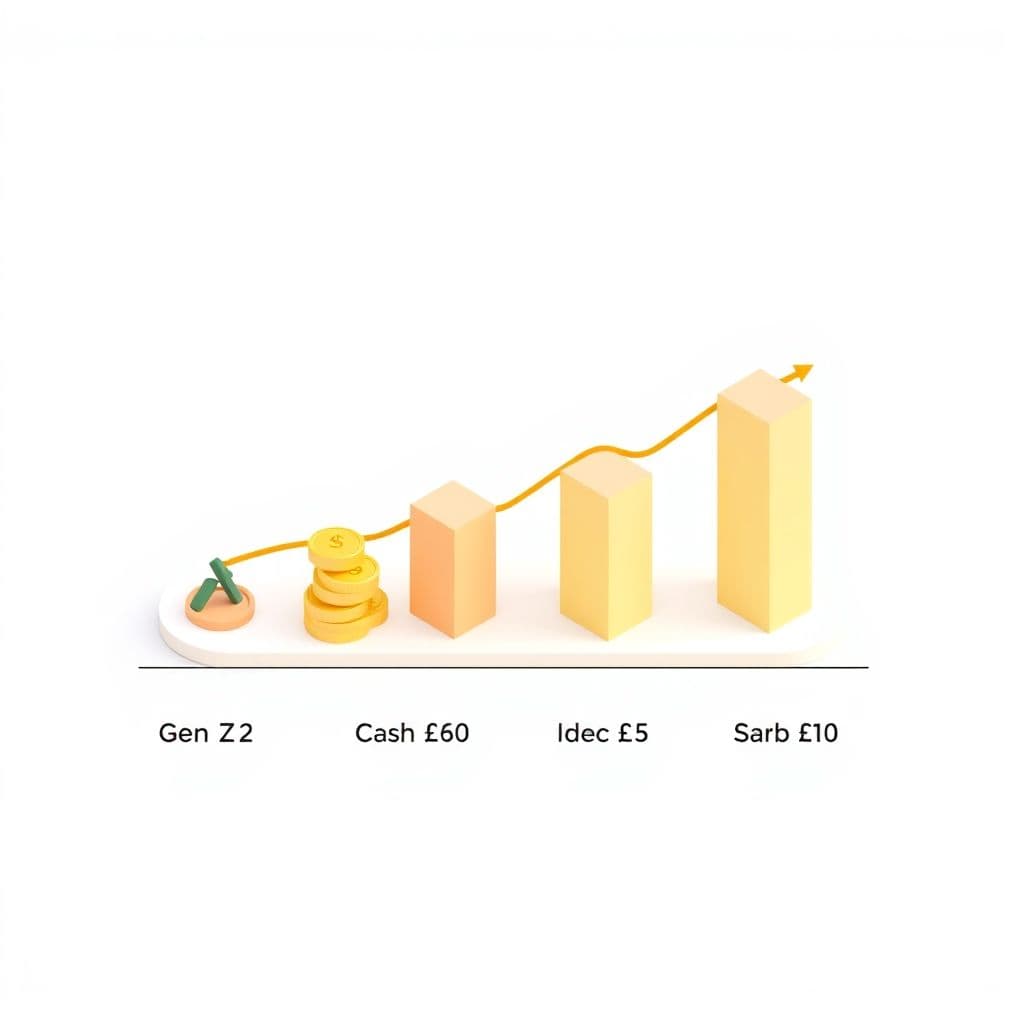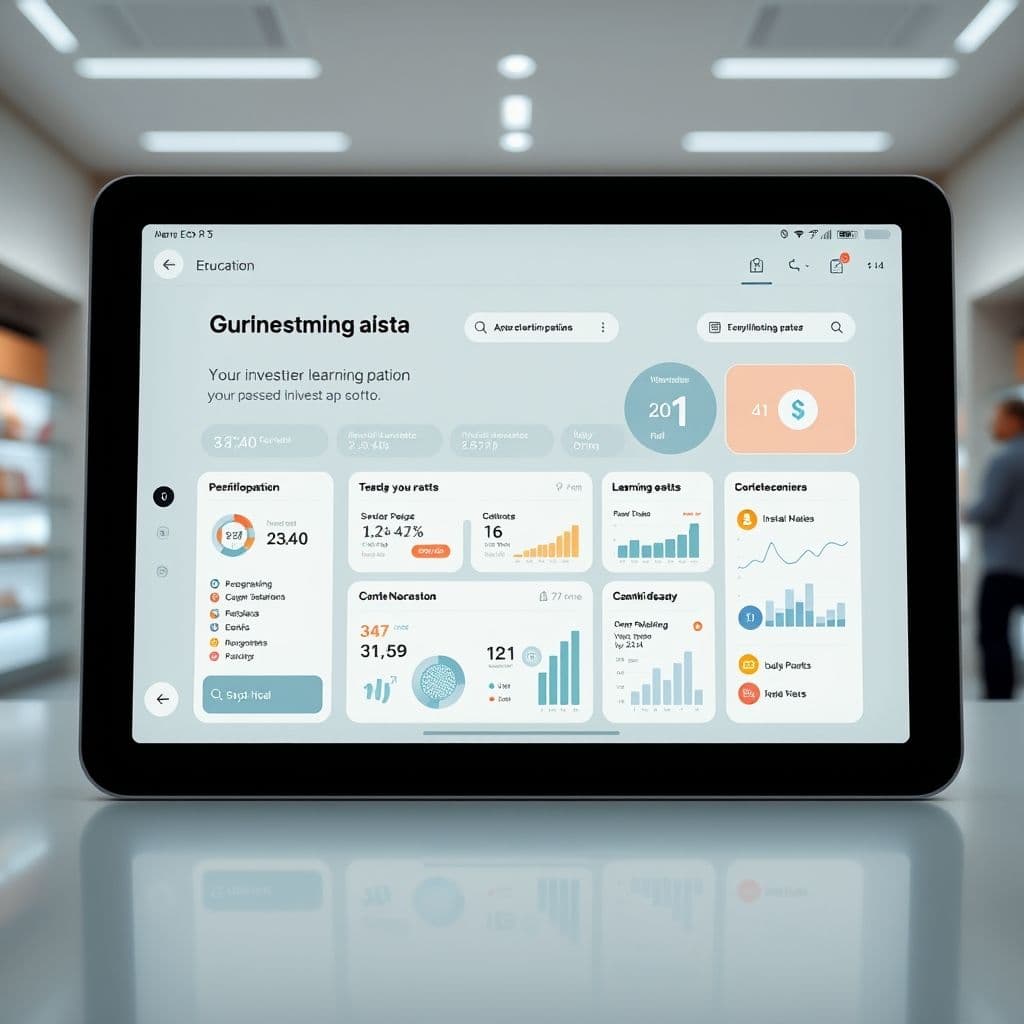The Missing Link in Young Investors' Success: A Tailored Educational SaaS Solution

Young investors today face a paradoxical challenge: more access to investment tools than ever before, yet less understanding of how to use them effectively. From holding too much cash to falling for thematic investment traps, the financial mistakes made early in life can have lasting consequences. This article explores a potential SaaS solution that could revolutionize how young people learn about investing.
The Problem: Why Young Investors Struggle
The current generation of young investors faces unique financial challenges. Many lack basic investment education, leading to common pitfalls like excessive cash holdings, bond avoidance, and chasing trendy thematic investments. Research shows younger generations hold more cash in their portfolios than older ones, despite cash historically underperforming inflation. Meanwhile, the rise of thematic investing appeals to young investors' desire for control and moral alignment, but often comes with higher fees and volatility that can erode long-term returns.
The comments on financial videos reveal a deeper issue: many young people don't know where to start. Questions like 'How do I begin investing?' and 'What is compound interest?' highlight the knowledge gap. Others express frustration about not having enough money to invest or not learning these concepts in school. This educational void leads to poor financial decisions that can impact wealth accumulation for decades.

A Potential SaaS Solution: Interactive Investment Education
Imagine a platform that makes investment education engaging, personalized, and accessible for young people. This hypothetical SaaS solution could combine several key features: gamified learning modules that make complex concepts approachable, personalized investment roadmaps based on individual financial situations, and interactive tools that demonstrate the long-term impact of different investment strategies.
The platform could address specific pain points identified in the video and comments. For the cash trap, it might include simulations showing how inflation erodes purchasing power over time. For thematic investing, it could demonstrate the performance difference between concentrated thematic funds and diversified portfolios. The solution could even incorporate social learning elements, allowing users to discuss strategies and learn from peers' questions and experiences.

Key Features That Could Make It Work
1. Personalized Learning Journeys: The platform could assess a user's current knowledge and financial situation to create tailored educational content, addressing exactly what they need to know at their level.
2. Interactive Simulations: Users could experiment with different investment strategies in risk-free environments, seeing how choices like holding cash versus investing in bonds might play out over decades.
3. Real-World Application: The solution could integrate with users' actual financial situations (without requiring investment), showing how concepts apply to their specific circumstances and goals.
4. Community Features: Discussion boards and peer learning could help users learn from others' questions and experiences, creating a supportive environment for financial education.
Conclusion
The investment knowledge gap among young people represents both a significant challenge and an opportunity. While no single solution can solve all financial literacy issues, a well-designed SaaS platform could make quality investment education more accessible, engaging, and effective than traditional methods. By addressing the specific pain points and misconceptions young investors face, such a tool could help set them on a path to better financial decisions and long-term wealth building.
Frequently Asked Questions
- How could this SaaS platform differ from existing investment education resources?
- Unlike static articles or videos, this hypothetical platform would offer interactive, personalized learning experiences. It would adapt to each user's knowledge level and financial situation, providing relevant simulations and recommendations rather than generic advice.
- Would this platform actually help users invest their money?
- The focus would be education rather than direct investment management. However, by building confidence and understanding, users would be better prepared to make informed decisions when they're ready to invest, whether through the platform (if developed further) or other investment services.
- How could the platform address the challenge of young people feeling they don't have enough money to invest?
- The solution could include modules on building savings habits, demonstrating how small regular investments grow over time through compound interest. It might also provide strategies for investing with limited funds, like micro-investing apps or employer retirement plans.


